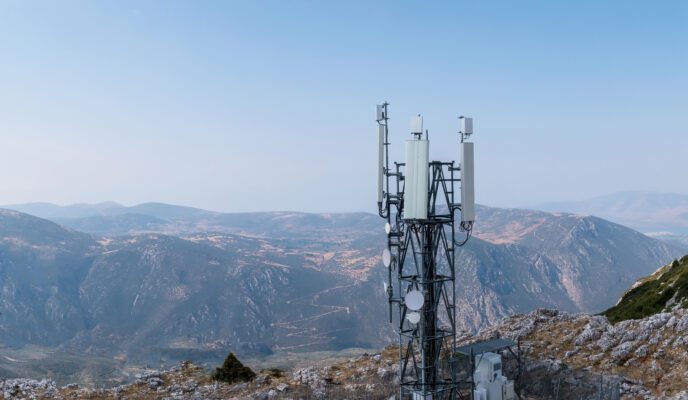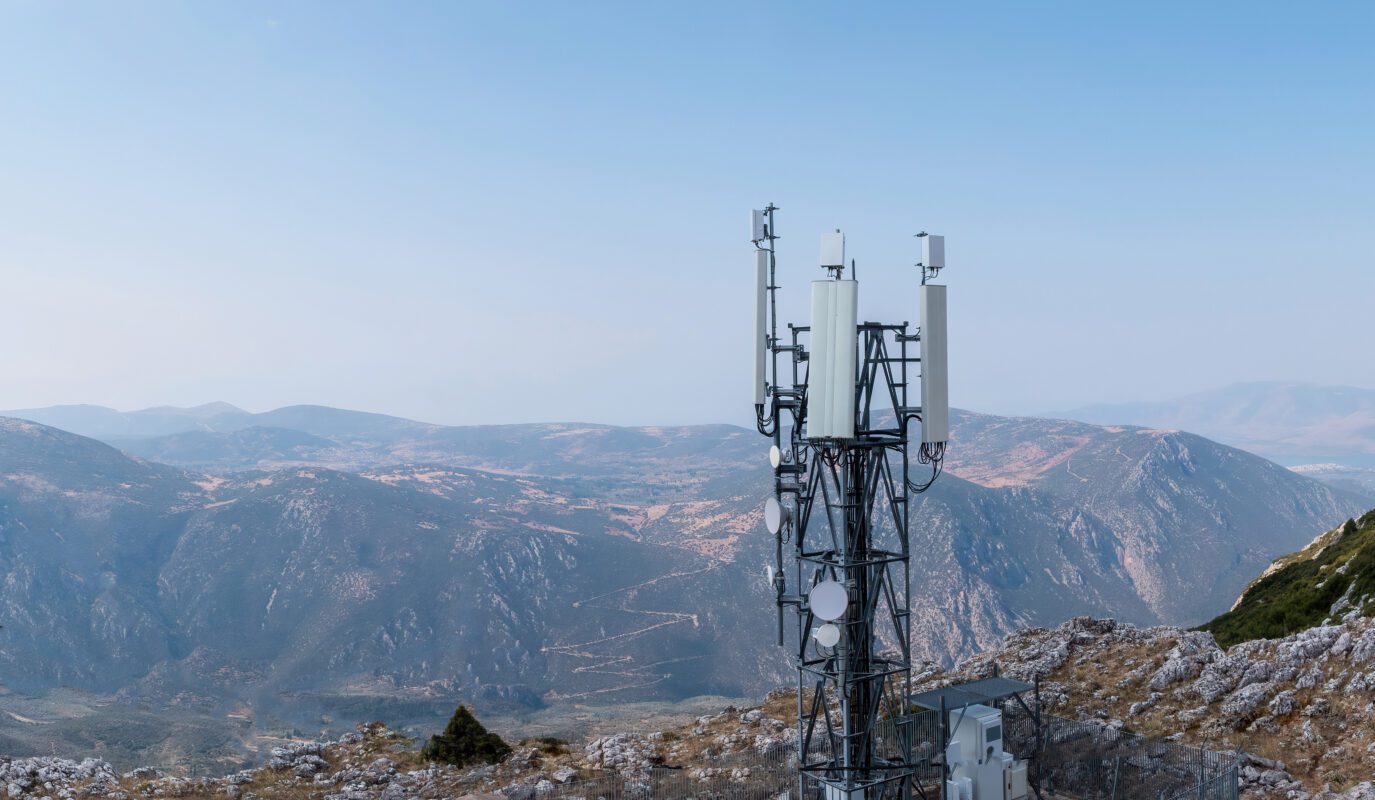The GPRS mobile phone technology enables GSM-based cell phones to access the Internet. GPRS is a data transmission standard that allows you to receive MMS or access websites. This radio-based service ensures fast data transmission; the actual message is bundled into small data packets.
Definition General packet radio service
The abbreviation GPRS stands for general packet radio service , this technology enables the transmission of data at a transmission speed of around 20 kilobits per second. This isn’t much by today’s standards, but it was very important in the early 2000s, so GPRS is considered the pioneer of LTE and 5G. GPRS technology thus forms the foundation for the mobile communications generation and enables the user to send and receive SMS and MMS . Surfing the Internet is also possible if optimized websites, so-called WAP pages , are available for mobile viewing.
Data transmission using mobile technology
The sender splits the data to be transmitted into small data packets , which receive additional information before forwarding. This additional information tells the network who the recipient of this message is and how the packets belong together. This also makes it possible to quickly determine the position using GPRS connections.
By dividing the data, the entire bandwidth of the GSM mobile network is exhausted, data sent is only charged when it is actually sent, this enables a constant connection through radio technology and always-on operation .
How it works and how it differs from using the GSM network

Cellular technologies all require the same standards to function; in order to make calls with cell phones, SIM cards are required, which are inserted into the cell phone. The SIM card assigns the user an IP address , which enables surfing the Internet.
All packets sent receive the same priority, in contrast to GSM, where in power-switched mode a line was always switched for a specific user.
GPRS technology speeds
The GPRS service is still active despite the advancing data connections and is considered the slowest variant. If a GPRS network is used for data transmission, the user can recognize this by a small “G” on their screen. Depending on the current load, the service uses eight data channels for transmission, these are also called time slots . Due to different coding, a GPRS speed of up to 21 kilobits per second is possible. More advanced networks such as 3G, 4G or 5G reach between 42 kilobits or even 10Gbit per second. In comparison, GPRS connections are significantly outdated, but are constant and absolutely sufficient depending on the amount of data and tariff . The GPRS technology was often referred to as the 2.5G network, the transmission rates vary between 56 kilobits and 171.2 kilobits per second .
GSM extension and Edge
The EDGE standard is an extension of GPRS; the data is also transmitted in packets, but a more efficient process is used. Ideally, this gives the user a speed of around 220 kilobits per second.
GPRS mobile communications standard and applications
Despite significantly better transmission standards , GPRS continues to be used, especially in rural regions without the necessary infrastructure. In these cases, devices that cannot establish a connection to the 4G network rely on the GPRS network. This connection is also used when the contractually agreed data volume for the Internet connection has been used up; some providers throttle the surfing speed up to this mobile phone standard .
Performance classes of the GPRS mobile communications standard
As part of the classification of GPRS mobile networks, they are evaluated based on the available time slots . These classes are important for the speed of voice transmission and also data transmission. Due to the variation of the performance levels, the GPRS performance class can be used as an indication of the performance of the device; a distinction is made between three performance classes:
Class A: Cell phones that can connect to GPRS and GSM services simultaneously.
Class B: Phones that can connect to both services, but not at the same time.
Class C: A mobile phone that can only use one of the two services; the user must manually choose between the two services.
Position determination with GPRS connection
The GSM network is available nationwide and offers good connections, so GPRS can easily be used for positioning .
Difference between GPRS and GPS
The abbreviation GPRS stands for general packet radio service, while GPS means global positioning service. Using a GPS-enabled device, you can track your own position at any time.
Using GPRS for location tracking
The abbreviations of the two terms sound very similar, but have different meanings. GPRS is primarily used by mobile phone providers and makes data and Internet services available to consumers. The GPS system works with satellite-based location data. GPRS has been replaced in many cases by UMTS or LTE radio technologies , but is still used as a pioneer.
GPRS technology can also be used to locate vehicles or objects where GPRS is used to forward telemetry or position data. Because this process has been overtaken by better technology, it is now mostly used in emergency situations when internet is not available. It is also used for data communication, especially in areas without a connection to the Internet.


